#Helen Czerski
Text
Inside the Dramatic Dance of Raindrops
Spring showers can arrive with a vengeance. I was sitting in a parked car a few days ago when a light pitter-patter began on the windshield, and less than a minute later huge raindrops were smacking into the glass, creating a deafening noise and making me extremely grateful I wasn’t outside. But the droplets were falling too fast for me to really see what they were up to before they hit. That seemed like a huge shame because a rainstorm is its own kind of dance party, one with dramatic but chaotic choreography.
Rain starts as water vapor high in the sky; the individual water molecules float free of one another, mixed in with the other gases that make up the atmosphere. When the conditions are right, they condense to join a liquid water droplet or freeze solid onto an ice crystal. At the start, these solid or liquid particles are very small and just drift along with the air currents. But as they grow in mass, they start to fall. Lots of raindrops start off as ice crystals and melt as they fall into warmer air. Once all the droplets are liquid and falling, the dance really gets going.
The smallest raindrops are around two thousandths of an inch across. These baby drops are spherical because the surface tension of the liquid squeezes the total surface area to be as compact as possible. Physicists find it strange that people often draw raindrops with a pointy end at the top, because the surface tension makes sure that there are no sharp corners—they’re all smoothed out incredibly quickly. Raindrops never have points.
As more water vapor condenses on to the drops, they grow. Large drops fall faster than small ones, so the larger ones start to catch up with the smaller drops beneath them, bumping into them and coalescing to form a bigger droplet. Once the drops grow to more than 1/25th of an inch across, they start to flatten on the underside and become rounder on the top to form a shape often known as a “hamburger bun.” The bigger they get, the flatter the bun.
The real dance is in the beautiful fluid movement of the droplet shapes. When two drops collide, the water pulses and curls until the shape settles down. But the new combined droplet may also shatter immediately, sometimes stretching out into a sheet before bursting into a shower of tiny droplets. The cycle repeats itself—catch-up and coalesce, catch-up and break—on and on until the drops reach the ground. The harder the rain, the more often droplets bump into each other and the more frantic the dance.
The mix of raindrop sizes hitting my windshield was the outcome of this tussle between the drops fusing and splitting in the sky above. The more that coalescence dominates, the larger the drops get. In warm rain in the tropics, raindrops can reach a third of an inch across (although one-tenth of an inch is much more typical in most places).
Each droplet is also dancing on its own, between the interactions with others. Droplets frequently oscillate, pulsing rhythmically at a rate that depends on their size, and the bigger the droplet, the more pronounced these gyrations are. A drop one-tenth of an inch across can wobble more than 200 times every second, and the wobbling not only slows it down slightly but also makes it drift sideways as it falls.
So the next time you’re sheltering underneath an umbrella in heavy rain, make the best of it by thinking of yourself as having a front seat at a natural spectacle instead of an unwanted inconvenience in your day. Wishing the rain away won’t make it stop, so you might as well imagine the dance up above and enjoy it.
— Helen Czerski, "Inside the Dramatic Dance of Raindrops. From drizzles to deluges, a chaotic atmospheric choreography determines the size and shape of precipitation." (Wall Street Journal, May 2, 2024)
24 notes
·
View notes
Text
Would any wheelchair users be up for talking to me about using hi-vis (high visibility) clothing and/or stickers? Users of any other outdoor mobility aids are also welcome to chime in here if you have relevant experience too.
This is part thought-experiment, part wondering about a future in which I am well enough to use a wheelchair AND well enough to go outdoors. A girl can dream.
My main questions are:
1) Have you used hi-vis clothing (or hi-vis stickers on your wheelchair)?
2) What has your experience of this been? Has it been helpful in any way?
I started thinking about this because I’m listening to an audiobook about physics. It’s Helen Czerski’s Storm in a Teacup: The Physics of Everyday Life. I don’t know anything about physics and I’m finding it absolutely fascinating!
In the introduction, Czerski talks about the physics of hi-vis garments worn by cyclists. They are used to make cyclists seem to ‘glow’, making them more visible (and thus safer) on the road, where there are cars/buses/etc.
This made me think about numerous wheelchair users talking about how pedestrians just...walk into them. (Seriously, WTF, ableds?!)
One person also mentioned how they can find it frightening using their wheelchair in a suburban environment. They said they felt unsafe because car drivers aren’t expecting to encounter wheelchair users. Thus, they aren’t looking for them and might not see them, e.g. crossing a driveway behind a parked car. To be very clear: wheelchair users are not the problem. Ableism is.
It got me curious. Would hi-vis clothing and/or stickers on a mobility device make pedestrians more likely to be courteous to wheelchair users (by getting the hell out of the way)? Or make suburban drivers more likely to notice them?
If I were using a wheelchair, I don’t know how I’d feel about wearing hi-vis garments. I don’t think that wheelchair users should *need* to make themselves ‘glow’ in order for pedestrians to give them a bit more space on a pavement.
But I’m curious to know if anyone has experience of this that they’d be comfortable sharing.
Who knows? Maybe some answers might be ‘yes, and I love it’, ‘no, I tried this and didn’t like it’ or ‘absolutely the fuck not; I do not exist to appease abled fools’.
Helen Czerski talks about the physics of ‘everyday life’ as is normal for her. My disabled everyday life is a bit different. This is what that section of her book made me think of. Also I really really want to be well enough to use a wheelchair in the future. It’s nice to daydream about that.
38 notes
·
View notes
Text
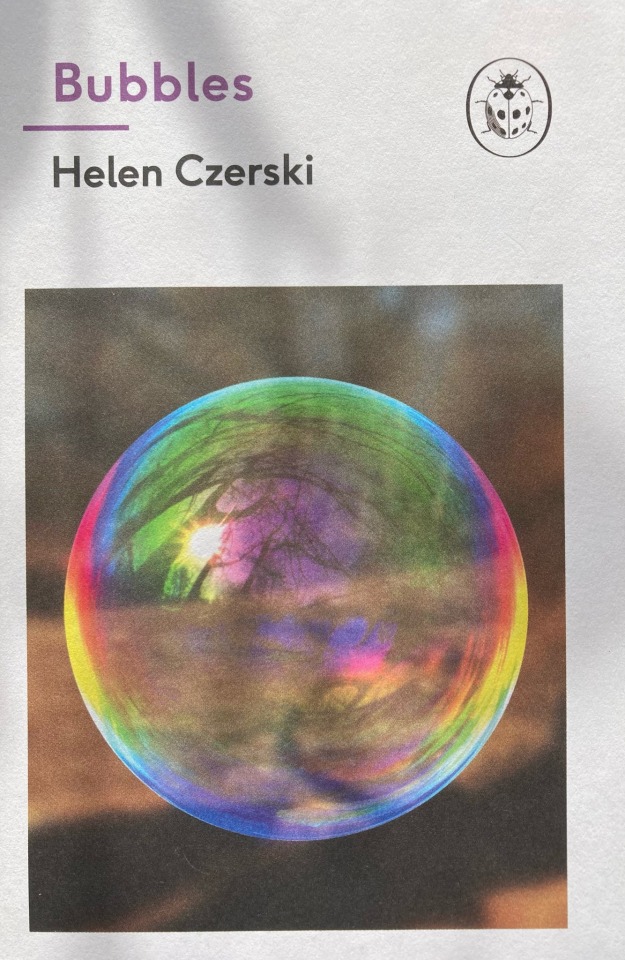

Ladybird: “Bubbles” by Helen Czerski
2 notes
·
View notes
Text

December 30, 2023 - Day 194
Finishing up the last couple books for the reading challenges I've been doing.
#365#30.12.2023#Day 194#books#reading challenge#Storm in a Teacup#Helen Czerski#Salt Fat Acid Heat#Samin Nosrat
0 notes
Text
Happy New Year!
I hope you all have a wonderful 2024! You guys all rock!
Here's my plan for what I know I'm writing so far in 2024:
A Study of the Heart and Brain Book 3
Adolescent Antichrist Book 5
One Hell of a Love Book 3 (once the season comes out :))
Don't worry, there will be more than that, but right now that's the definitive plan.
Some possible stories I'm considering:
AOS Logos and Pathos
AU Dazai x Reader
New Father Figure x Teen! Reader story
Also, for fun, here is the list of the books I read in 2023:
One Flew Over the Cuckoo’s Nest by Ken Kesey
The Grimrose Girls by Laura Pohl
A Touch of Darkness by Scarlett St. Clair
A Duel with the Vampire Lord by Elise Kova
Pride and Prejudice by Jane Austen
The Stolen Heir by Holly Black
Radiant Sin by Katee Robert
The Stranger by Andre Camus
We Free the Stars by Hafsah Faizal
Kingdom of the Feared by Kerri Maniscalco
The Seven Husbands of Evelyn Hugo by Taylor Jenkins Reid
On Writing by Stephen King
The Little Book of Talent by Daniel Coyle
League of Liars by Astrid Scholte
King of Wrath by Ana Huang
Furyborn by Claire Legrand
Hades by Carly Spade
Black Coffee by Agatha Christie
King of Pride by Ana Huang
Murder on the Orient Express by Agatha Christie
Lord Edgware Dies by Agatha Christie
Murder on the Links by Agatha Christie
Mrs. McGinty’s Dead by Agatha Christie
The Atlas Paradox by Olivie Blake
Bloodmarked by Tracy Deon
Apollo by Carly Spade
Ares by Carly Spade
Eros by Carly Spade
Poseidon by Carly Spade
Zeus by Carly Spade
The Mystery of Three Quarters by Sophie Hannah
Hallowe’en Party by Agatha Christie
Pestilence by Laura Thalassa
The Power and the Glory by Graham Greene
Cruel Seduction by Katee Robert
Assistant to the Villain by Hannah Nicole Maehrer
A Duet with the Siren Duke by Elise Kova
Still Life by Louise Penny
A Fatal Grace by Louise Penny
L’Ultimate Notte Della Nostra Vita by Adam Silvera
War by Laura Thalassa
The Cruelest Month by Louise Penny
Throne of the Fallen by Kerri Maniscalco
A Midsummer Night’s Dream by William Shakespeare
The Madness of Crowds by Louise Penny
King of Greed by Ana Huang
Kingsbane by Claire Legrand
Lightbringer by Claire Legrand
Foul Lady Fortune by Chloe Gong
Foul Heart Huntsman by Chloe Gong
The Righteous by Renee Ahdieh
The Metamorphosis by Franz Kafka
Nine Liars by Maureen Johnson
The Blue Machine by Helen Czerski
A Rule Against Murder by Louise Penny
The Brutal Telling by Louise Penny
The Murder at the Vicarage by Agatha Christie
The Harlequin Tea Set and Other Stories by Agatha Christie
Starter Villain by John Scalzi
Last Violent Call by Chloe Gong
The Mysterious Affair at Styles by Agatha Christie
Death in the Clouds by Agatha Christie
6 notes
·
View notes
Photo

4 riveting science books that are perfect for your book club.
[via Book Page]
You don't need scientific training to enjoy these entertaining, offbeat books.
Fuzz: When Nature Breaks the Law by Mary Roach
Liquid Rules: The Delightful and Dangerous Substances That Flow Through Our Lives by Mark Miodownik
The Body: A Guide for Occupants by Bill Bryson
Storm in a Teacup: The Physics of Everyday Life by Helen Czerski
19 notes
·
View notes
Text
#science#science communication#scicomm#stem#science education#science blog#physics#Oceanography#Exploration#History#natural history#world history
0 notes
Text


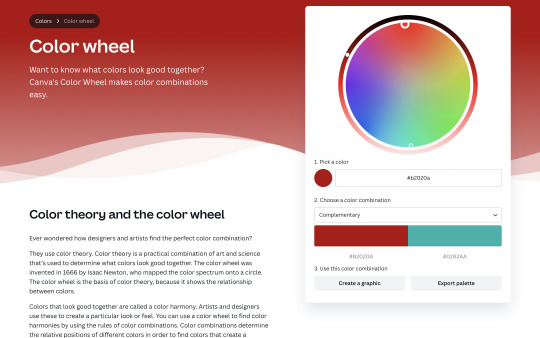
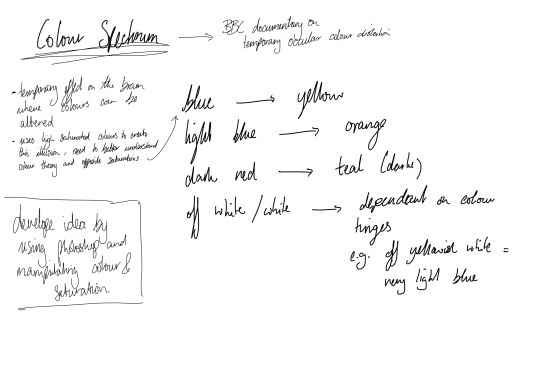
Concept Research
From some lines about colour in the poem, I began thinking about the nature optical illusions and discovered a BBC short explanation of how they occur. Perhaps I can replicate this by manipulating my own images with photoshop?
0 notes
Text
The Incredible Science of Temperature episode 2
Helen Czerski explores the narrow band of temperature that has led to life on Earth and shows how all living creatures depend on temperature for its survival. #science #Temperature
The Incredible Science of Temperature episode 2: Helen Czerski explores the narrow band of temperature that has led to life on Earth and shows how all living creatures depend on temperature for its survival. She reveals how life began in a dramatic place where hot meets cold, and how every single living creature on Earth depends on temperature for its survival. She uncovers the extraordinary…
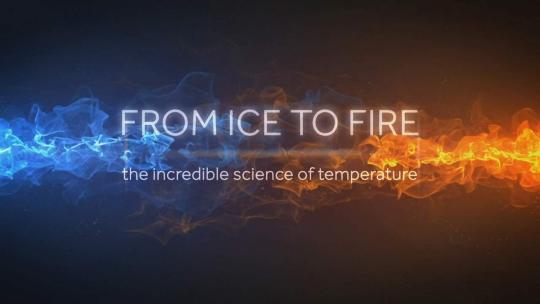
View On WordPress
1 note
·
View note
Photo
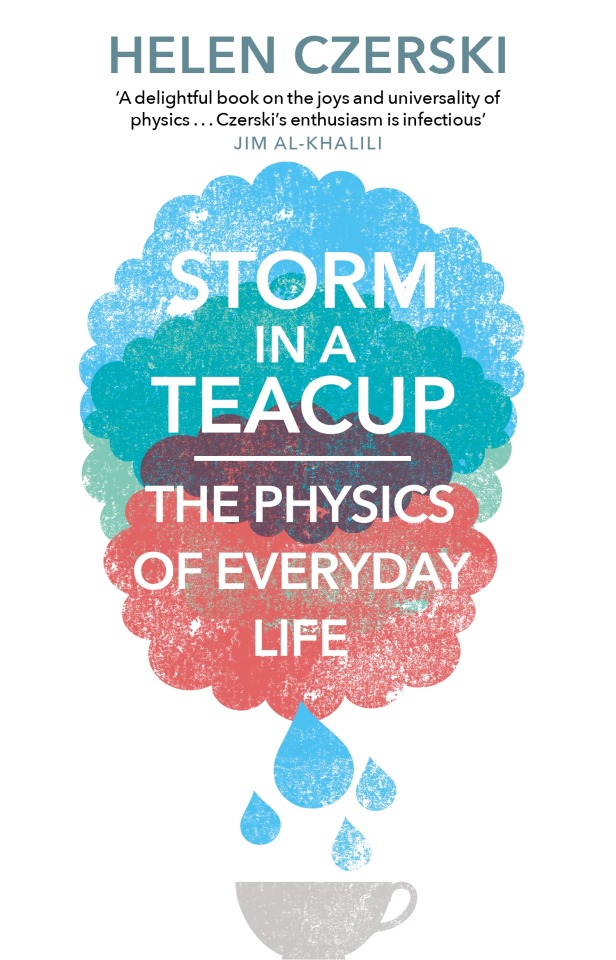
Storm in a Teacup: The Physics of Everyday Life by Helen Czerski
I always imagined that whales breathed at the surface, then took a last deep breath before heading back down into the depths. But that doesn’t work because of PRESSURE.
Whales have to breathe out before they dive or their lungs would burst as they descend.
Their blood can store more than twice the amount of oxygen as ours can.
https://shop.pocketbooksshop.com/item/dowrYwOeStRDfW8BgV7s8g
0 notes
Text
Why Do Ducks Get in a Row?
Why Do Ducks Get in a Row?
Cuteness overload!! … “— Helen Czerski, “Why Do Ducks Get in a Row? To Swim Better. Waterfowl families surf one another’s wake to reduce drag and save energy. Looking cute is a side benefit.” (June 2, 2022, Wall Street Journal).”
View On WordPress
0 notes
Text
Why Do Ducks Get in a Row?
Why Do Ducks Get in a Row?
Cuteness overload!! … “— Helen Czerski, “Why Do Ducks Get in a Row? To Swim Better. Waterfowl families surf one another’s wake to reduce drag and save energy. Looking cute is a side benefit.” (June 2, 2022, Wall Street Journal).”
View On WordPress
0 notes
Photo
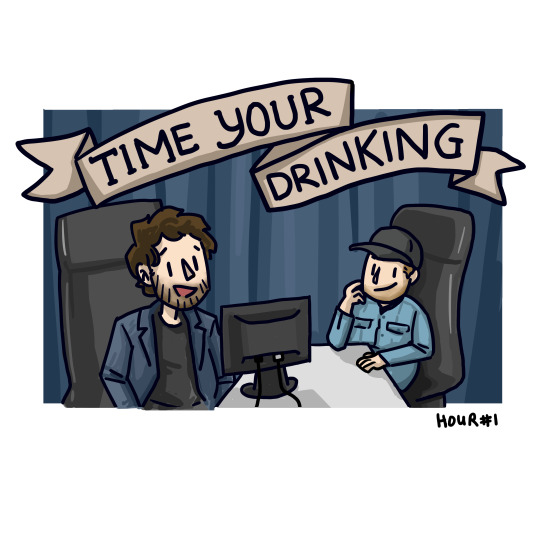

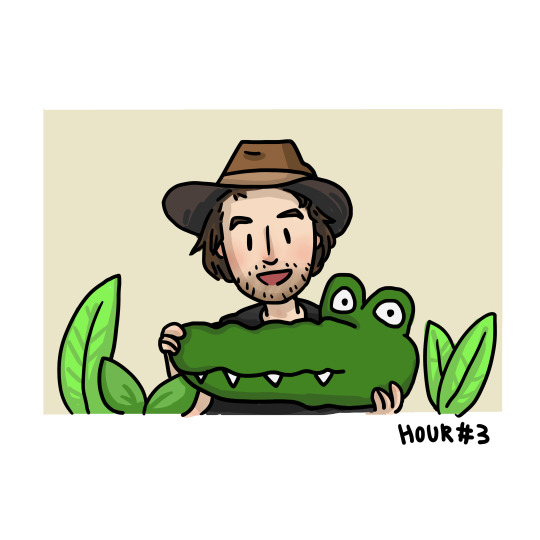



part 1 of drawings from mark watson’s latest 24-hour marathon show!
15 notes
·
View notes
Quote
The tactic of turning the bottle upside down and thumping it on the bottom doesn't help much, because the ketchup that is forced to become liquid is all up near where you're thumping. The neck of the bottle is still blocked by thick gloop that isn't going anywhere. The solution is to make the ketchup in the neck liquid, so the thing to do is to hold the bottle at an angle and tap the neck. The amount that will come out is limited, because only the ketchup there is liquid. Surrounding diners will be saved from your elbows (and a potential ketchup spray), and the chips will be saved from drowning.
Helen Czerski, Storm in a Teacup: The Physics of Everyday Life
59 notes
·
View notes